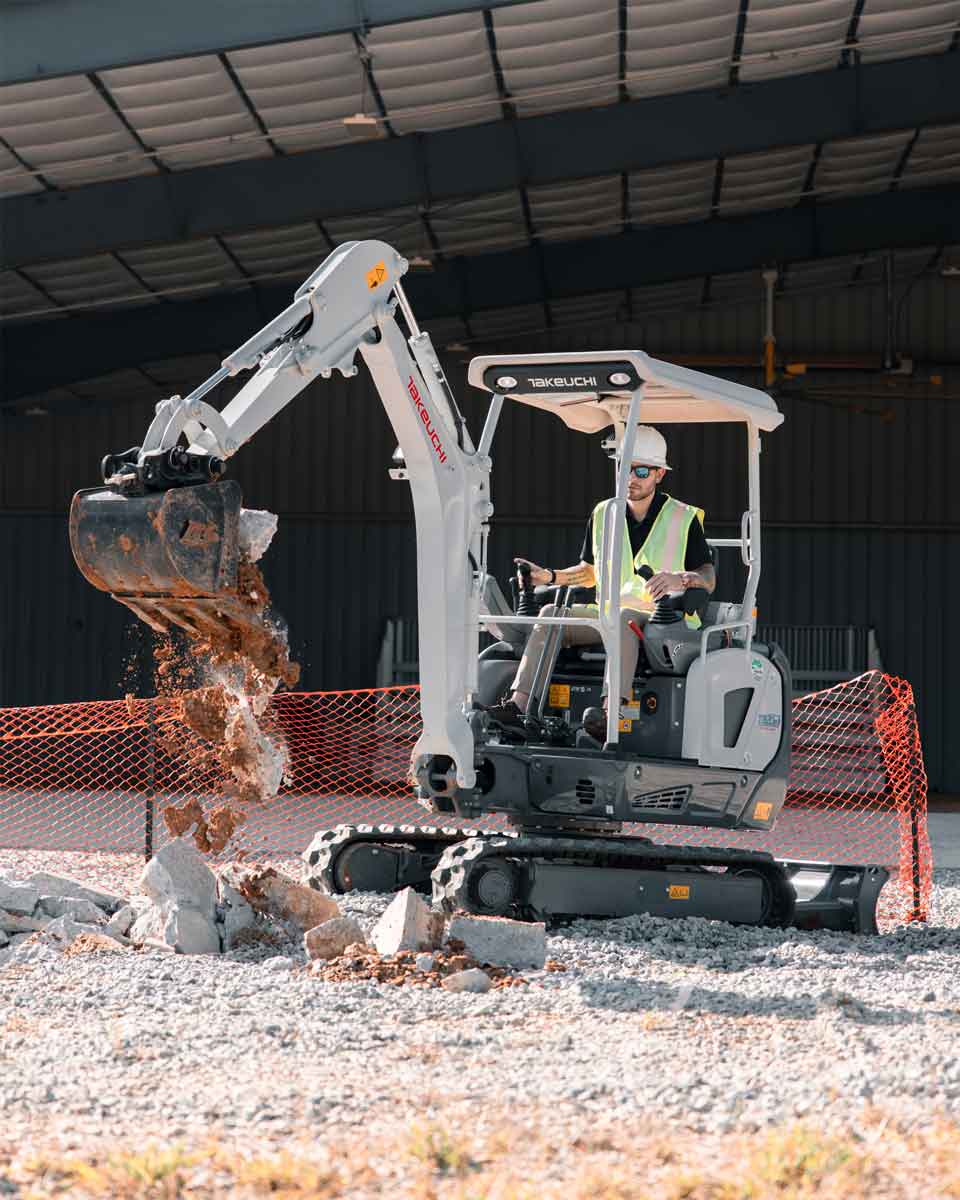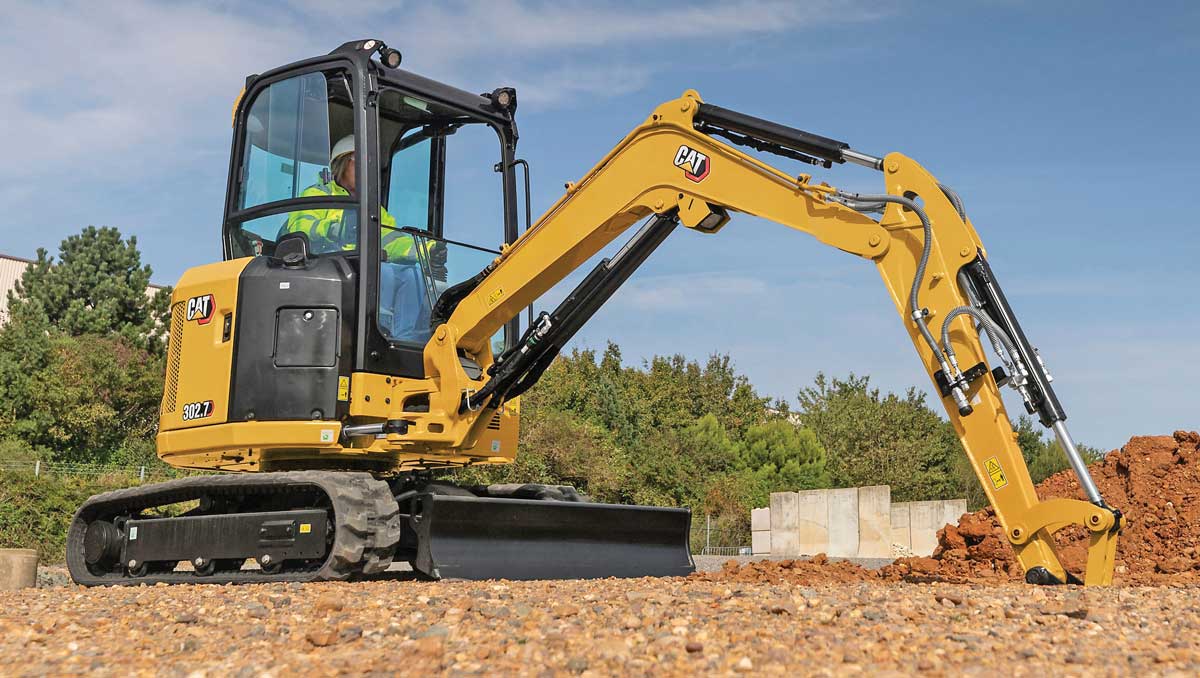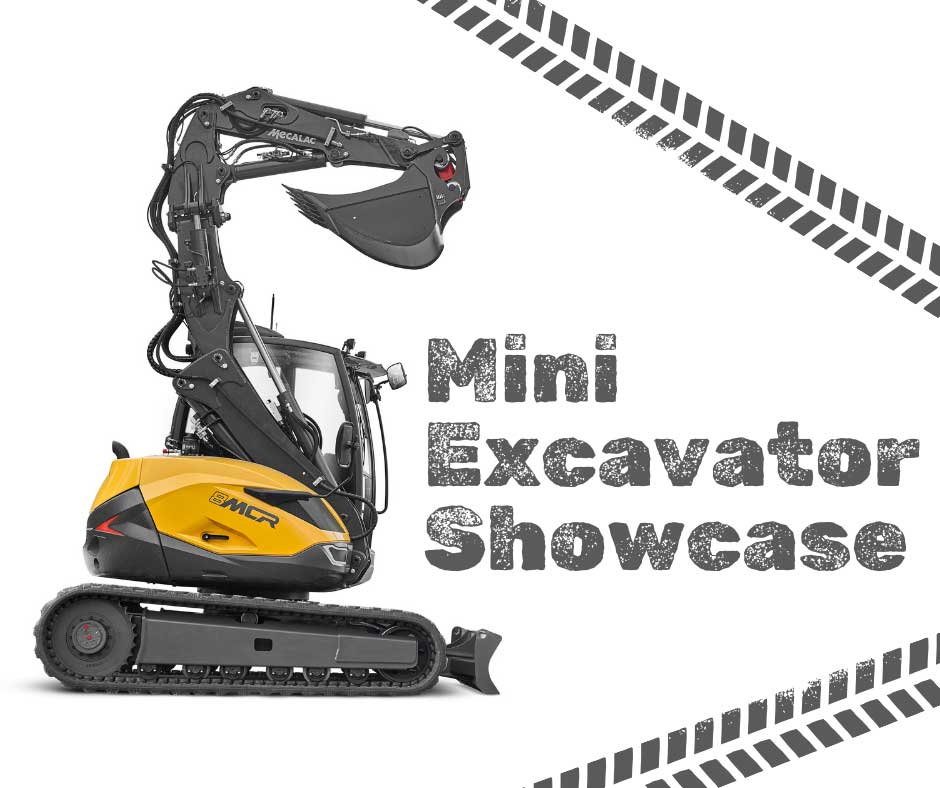How Protecting a Mini Excavator’s Residual Value Enhances Profitability When Reselling
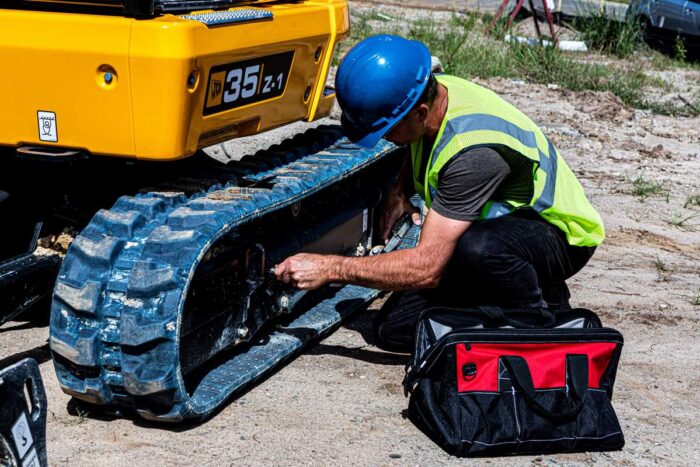
Making Money with Mini Excavator Upkeep
Residual value can be overlooked when calculating life-cycle owning and operating costs for compact excavators, but taking steps to maximize residual value is a good way to boost your company’s overall profit. Residual value is what your machine is worth when you’re done with it, and it’s an easy concept to keep in mind. It doesn’t matter whether you bought your machine new or used. It doesn’t matter how you dispose of it when you’re done with it. The fundamental concept of residual value is the same. The details, however, are not. There are a lot of variables that affect the actual dollar amount your mini excavator is worth, and those variables may result in differences of up to 20 percent in residual value.
Best Practices
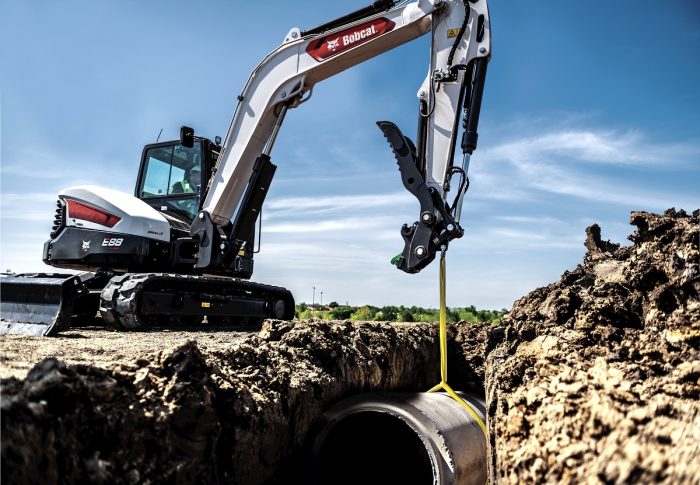
“Best practices” is a catch-all phrase for how you treat your compact excavator. It includes maintenance and repair — doing PM as scheduled, making repairs in a timely fashion and taking steps to avert failure. Parts and fluids must meet OEM specifications. Proper storage and transport of fluids must be rigorously observed, including not just engine and hydraulic oils but also DEF and coolant. Consumables (fluids, filters, wear parts, gaskets and seals, etc.) are managed on a FIFO basis (first in, first out). Fluid sampling is an economical addition to best practices and contributes to the value of record keeping (another section of this article).
Sam Wagstaff, general manager — product, JCB, offers two insights. One is to spec the new mini excavator with an eye toward residual value. “Features such as hydraulic couplers or auxiliary hydraulic lines may not be essential to every first owner,” he says, “but a machine that lacks common features or is too specialized may attract fewer buyers, limiting its resale potential.”
Wagstaff’s second tip is to pay attention to ground-engaging tools and wear parts. Condition is the main factor in a buyer’s assessment of a machine’s value, “and the first place buyers look is at things like tracks, bucket teeth and cutting edges.” Best practices reflect a mindset. Operators will not abuse equipment and will take such steps as minimizing reversing and alternating turning direction on tracked equipment. They will not park outdoors on soft ground that will freeze overnight, requiring potentially damaging force to break free tracks in the morning.
Jim Ryberg, senior product specialist, GME parts operations, Bobcat, emphasizes two key points of a proactive mindset. The first is operator training in proper use, which reduces premature wear and tear. The second is the use of analytical tools. Telematics are part of that analytical tool package, but so are such things such as gauges, warning lights and fault codes, to help avoid downtime.
Come learn the dos and don’ts of trailering compact excavators.
Deriving Value from Cost
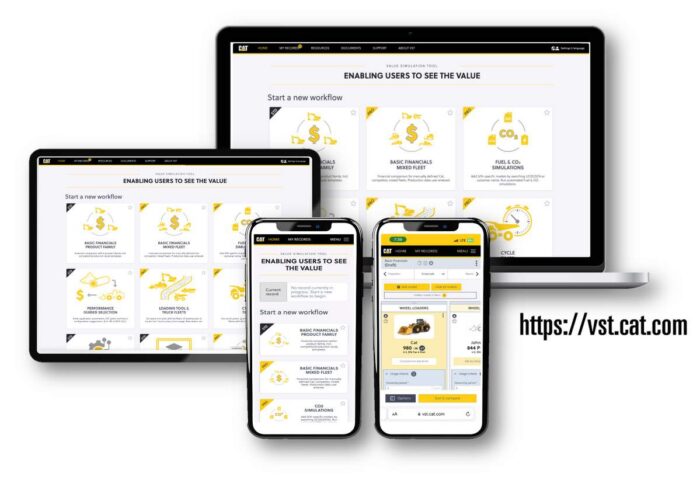
Maintaining a mini excavator for maximum residual value costs money. The ideal would be to invest just enough in maintenance and repair to obtain the highest residual value, and no more than that. How? Two things, mainly. First, adhere to the manufacturer’s guidelines. There may be a standard protocol and one for severe service, so pick the right one for you. Second, repair and replace before failure. This requires diligent observation of compact excavator operation. Failure can affect residual value. If buyers see that maintenance was put off until failure, they may wonder what else is on the brink of failure, greatly diminishing what they are willing to pay for that machine.
Wade Porter, regional value consultant, Caterpillar, says its Value Simulation Tool (VST) can be used for tracking costs and estimating residual value. The tool uses industry data plus data specific to the customer’s machine, and it is highly customizable. The tool’s primary purpose is to help customers maximize profitability, but it can also be used to estimate residual value at the moment or at some point in the future. For more information about Caterpillar’s Value Simulation Tool, customers should contact their Cat dealer.
Record Keeping
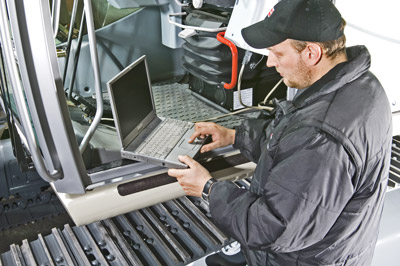
Some compact excavator buyers will see value in the quality of the seller’s record of maintenance and repair, and some won’t, but there is no downside to documenting these details. To those buyers who like to see records, the value of those records varies as the source goes from owner to outside shop to dealer. One benefit to using the dealer for repairs is that those records are assigned to the machine and follow the machine through its journey from one owner to the next. Some telematics offer similar tracking.
Does It Matter Who Does the Work?
Owner, dealer, third-party … does it matter who does the maintenance and repair? Fundamentally, no. The buyer wants assurance that all work was performed by someone qualified. The likelihood of that being the case is higher with dealerships but some owners have access to shops renowned for their skill who may be more highly regarded locally than the dealership, especially if the dealer isn’t in the same community. Kubota says that one advantage to using the dealer is that all the right parts, supplies and procedures will be used and complete records will be kept.
“Many potential used customers are willing to pay a premium for a unit in good condition which has been well maintained,” says Kubota. “This premium can be increased even more if the seller can provide detailed service records from their Kubota dealer to show the unit was serviced at proper intervals with approved OEM fluids and parts.”
Does It Matter Whose Parts Are Used?
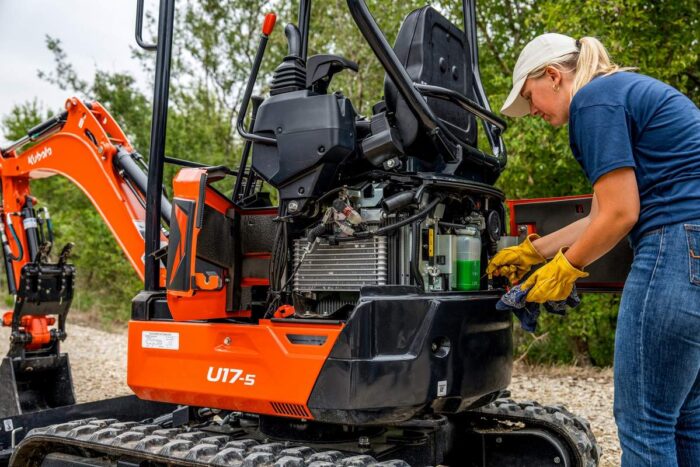
OEM, aftermarket … does it matter whose parts and supplies are used? Probably. OEMs have their own requirements for these products, even those made by outside suppliers and private-labeled with the OEM’s colors and logo. Often those differences cannot be easily observed. Spin-on oil filters are a common example. The types of media and the way they’re supported may differ significantly between OEM and will-fit filters. SAE and ISO both have filter standards; aftermarket and will-fit filters may meet these standards while falling short of the OEM’s requirements.
Engine oil is another example. Choosing the right type of oil as indicated by the API “donut” is a necessary first step, but that alone may not be sufficient to meet the OEM’s requirements. Why do equipment owners use non-OEM products? Sometimes it’s availability but usually it’s a question of cost. Lower cost items may be appropriate for some customers, depending on their applications, hours and price sensitivity.
Does the Method of Disposal Matter?
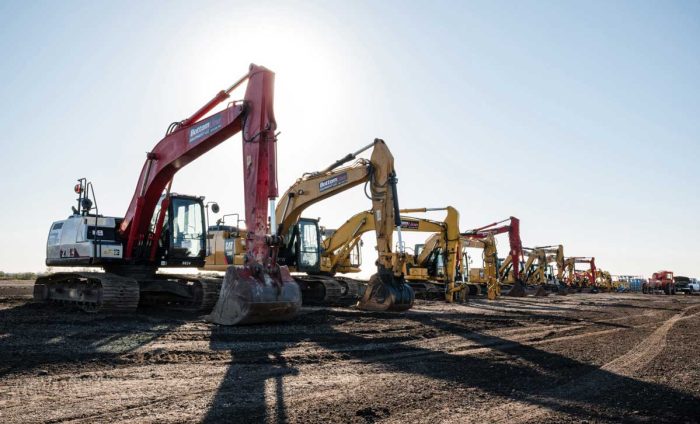
Residual value isn’t a single number; it is a range of numbers influenced by several factors. There are too many moving parts to provide a single answer, but following the suggestions in this article will help ensure you get maximum value for your compact excavator regardless of other circumstances.
Each of the three methods of disposal has pros and cons. A private sale will net the most money and works whether your mini digger is like-new and pristine or clearly well-used and suitable for a buyer seeking something cheap. A private sale also takes the most work. A trade-in is simple but doesn’t generally provide the same value, depending on the cost of the machine to which the trade-in is being applied. The dealer takes care of all the work of cleaning and repairing (to the point of fully refurbishing the machine with OEM parts in some cases), finding a buyer, closing the sale and executing the follow-up. Note that the tax implications of trading in a machine are different than those for an outright sale; get your tax consultant’s advice.
An auction nets you the least and how much you get depends on who shows up, competing machines at that auction and other factors; it can be a roll of the dice. The exchange for getting the least money is expending the least effort.
Richard Ries is a freelance writer for Compact Equipment.

